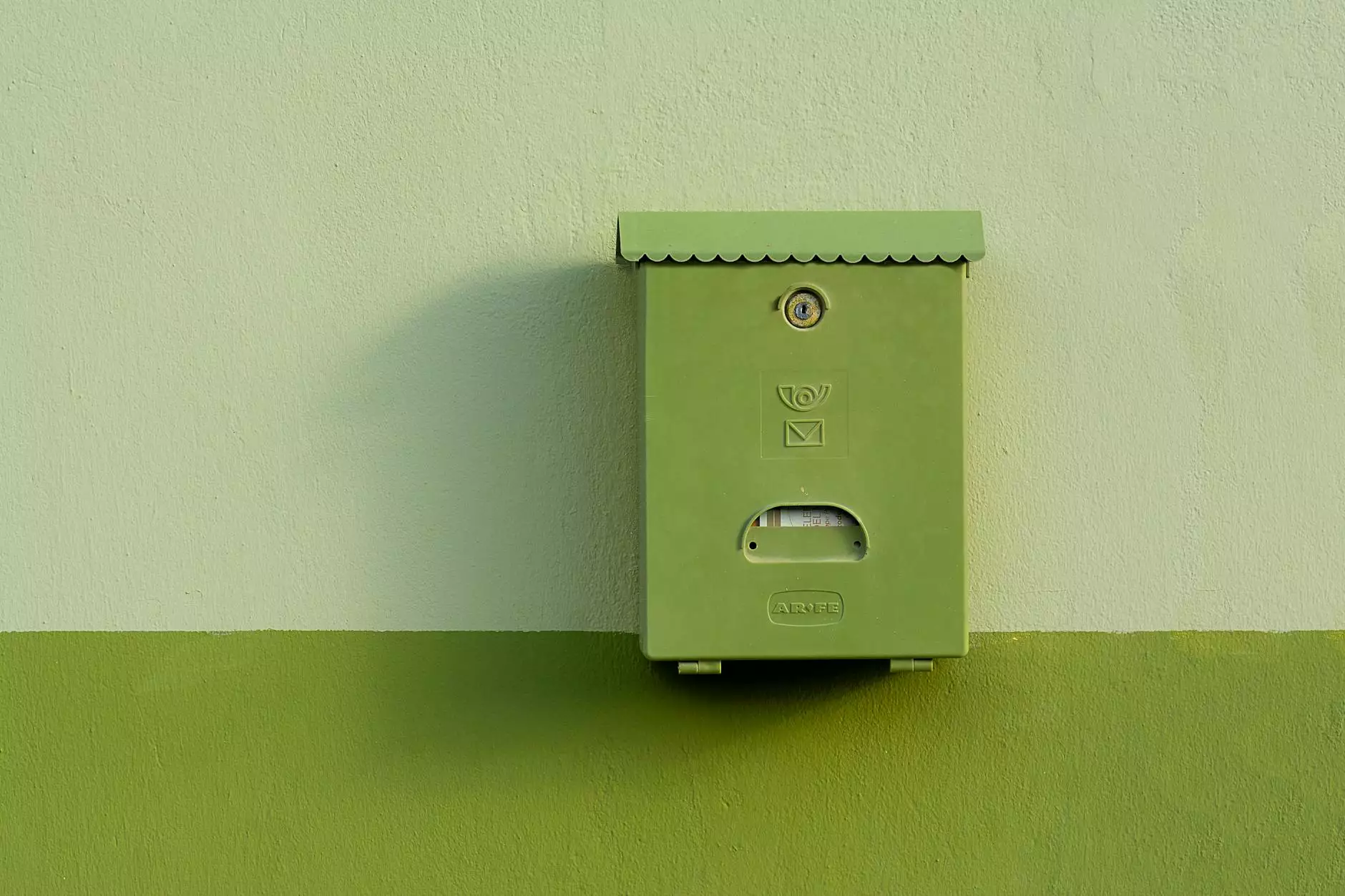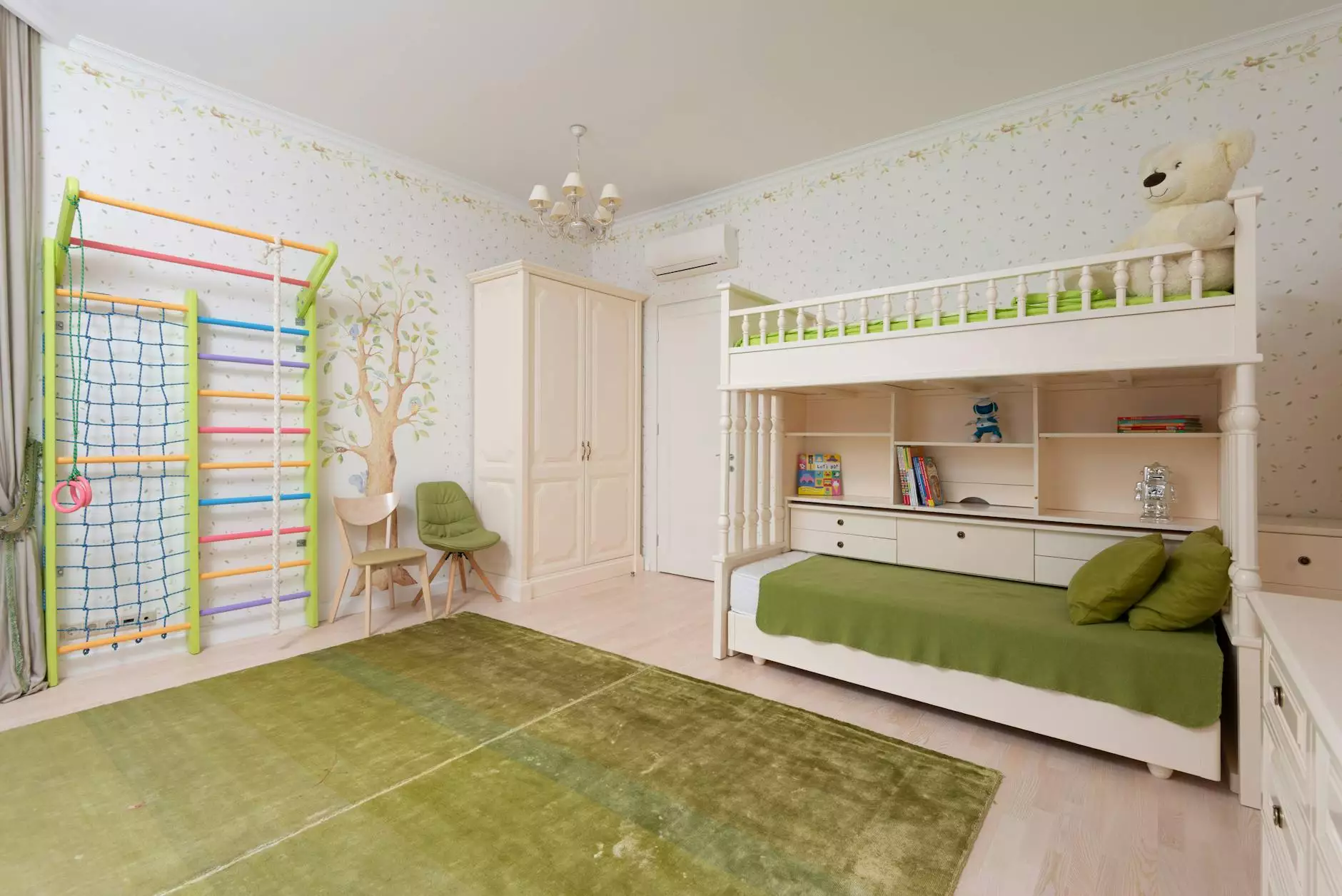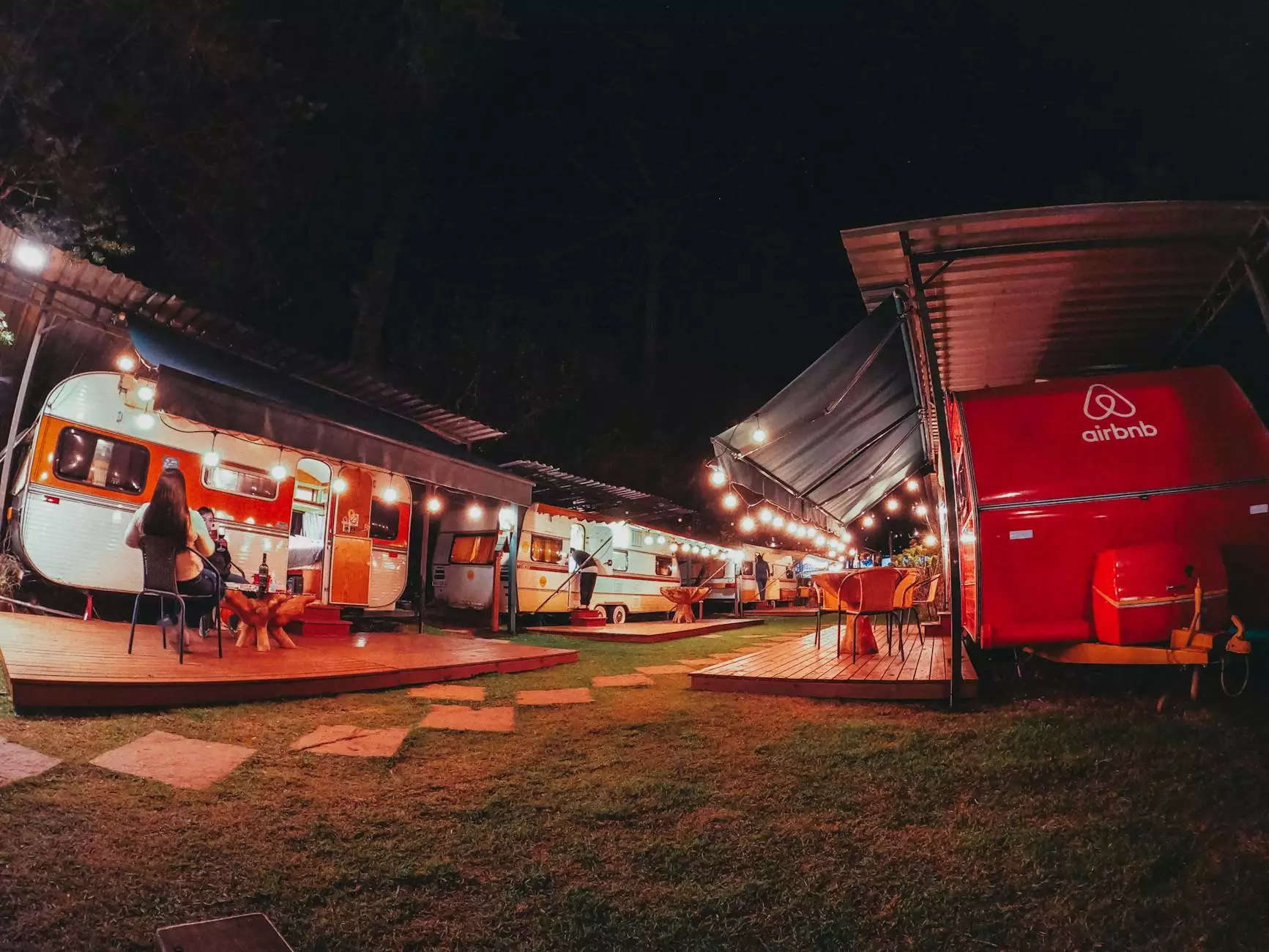Understanding Chiller Components: The Key to Efficient Cooling Solutions

In the world of HVAC (Heating, Ventilation, and Air Conditioning), chillers play a critical role in regulating temperature and ensuring comfort in residential and commercial spaces. As a core aspect of modern HVAC systems, the understanding of chiller components is essential for effective installation, maintenance, and troubleshooting. This comprehensive article will delve into the various components of chillers, their functionalities, and how they contribute to energy efficiency and performance.
What are Chillers?
A chiller is a mechanical device that removes heat from a liquid via a vapor-compression or absorption refrigeration cycle. The chilled liquid is then circulated through cooling coils in air handling units or other systems to provide air conditioning or process cooling. Chillers are widely used in commercial buildings, industrial processes, and even residential applications.
The Importance of Chiller Components
The efficiency and effectiveness of a chiller largely depend on its components. Understanding these components helps in making informed decisions regarding system design, installation, and maintenance. Let’s explore the key chiller components that contribute to the overall functionality of these systems.
1. Compressor
The compressor is the heart of a chiller. It is responsible for compressing the refrigerant, raising its pressure and temperature before it enters the condenser. There are several types of compressors commonly used in chillers:
- Reciprocating Compressors: Known for high efficiency, suitable for small to medium capacity systems.
- Screw Compressors: Ideal for larger systems, providing higher efficiency and reliability.
- Centrifugal Compressors: Used in large chilled water systems, offering high flow rates and efficiency.
The choice of compressor type significantly impacts the overall performance of the chiller.
2. Condenser
The condenser serves the vital function of dissipating heat from the refrigerant, turning it from a gas back into a liquid state. There are two main types of condensers:
- Air-Cooled Condensers: Use ambient air to cool the refrigerant and are typically found in smaller chillers.
- Water-Cooled Condensers: Utilize water from a cooling tower or a body of water, offering higher efficiency, especially in larger systems.
Choosing the right condenser is crucial for optimizing efficiency and ensuring reliable performance.
3. Evaporator
The evaporator is where the refrigerant absorbs heat from the liquid or air, leading to the chilling effect. This component effectively maintains the temperature of the liquid circulating within the cooling system. There are two primary types of evaporators:
- Shell-and-Tube Evaporators: Commonly used due to their robust design and high heat transfer capabilities.
- Plate Evaporators: Known for their compact design and efficiency, suitable for smaller chiller systems.
Understanding the evaporator type helps in reaching desired cooling capacities effectively.
4. Expansion Valve
The expansion valve regulates the flow of refrigerant into the evaporator. Its purpose is to reduce the refrigerant pressure before it enters the evaporator, allowing it to evaporate at a lower temperature. There are various types of expansion valves:
- Thermostatic Expansion Valves (TXV): Automatically adjusts the flow of refrigerant based on the temperature of the evaporator.
- Electronic Expansion Valves (EEV): Provides precise control over the refrigerant flow, improving efficiency and comfort.
This component is crucial for maintaining the desired temperature and pressure in the chiller system.
5. Chiller Control Systems
The control system is the brain of the chiller, providing automation and oversight for operational efficiency. Modern chiller control systems offer:
- Sensors: Monitor system parameters like temperature, pressure, and flow.
- Controls: Manage the operation of components, optimizing energy consumption.
- Displays: Provide operators with real-time information on system performance.
Advanced control systems can greatly improve energy efficiency and reduce operational costs.
The Benefits of Understanding Chiller Components
Having a firm grasp of chiller components offers several benefits:
- Improved Maintenance: Understanding how each component works aids in identifying issues early, leading to timely maintenance and reduced downtime.
- Informed Upgrades: Knowing the role of each component helps when considering upgrades or replacements to enhance performance.
- Energy Efficiency: Awareness of components can lead to better operational strategies, optimizing energy use and reducing costs.
- Enhanced Troubleshooting: It empowers technicians to diagnose problems accurately, thereby reducing repair time and costs.
Knowledge of chiller components ultimately contributes to the overall efficiency and reliability of heating and cooling systems.
Practical Applications of Chillers
1. Commercial HVAC
Chillers are widely used in linear systems for commercial cooling needs, such as:
- Shopping malls
- Office buildings
- Hotels and resorts
These systems provide comfortable environments for employees and guests, making chillers indispensable in the commercial sector.
2. Industrial Processes
In industrial settings, chillers are used for a variety of processes, including:
- Manufacturing
- Food processing
- Pharmaceutical applications
Efficient cooling is critical to ensuring product quality and equipment longevity in these industries.
3. Residential Cooling
Chillers also have applications in residential HVAC systems, providing energy-efficient cooling solutions for:
- Large homes
- Condominiums
- High-rise buildings
These systems help maintain a comfortable living environment while ensuring energy efficiency.
Energy Efficiency and Chiller Components
As energy costs continue to rise, the focus on improving the energy efficiency of chillers becomes paramount. Understanding and optimizing each component of a chiller can result in significant energy savings.
Best Practices for Enhancing Chiller Efficiency
Here are some best practices for enhancing the efficiency of your chiller system:
- Regular Maintenance: Schedule maintenance checks to ensure all components are functioning optimally.
- Upgrade Components: Consider replacing older components with newer, more efficient versions.
- Optimize Refrigerant Levels: Ensure that the refrigerant charge is at the optimal level for the system you are using.
- Monitor System Performance: Invest in advanced control systems that allow for real-time monitoring and adjustments.
By implementing these strategies, businesses can maximize their chiller systems' operational efficiency and reduce energy costs.
Conclusion
In conclusion, a deep understanding of chiller components is essential for anyone involved in the HVAC industry, whether you're a contractor, a maintenance technician, or a business owner. From compressors to condensers, every component plays a vital role in ensuring effective cooling and energy efficiency. By keeping abreast of the latest technologies and best practices, stakeholders can optimize their chiller systems, driving both performance and cost savings.
For further assistance in optimizing your HVAC systems, consider consulting with experienced professionals at Climatech Services, who are equipped to provide tailored solutions for all your heating and cooling needs.









